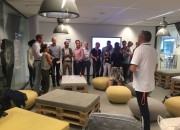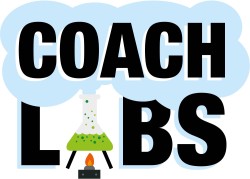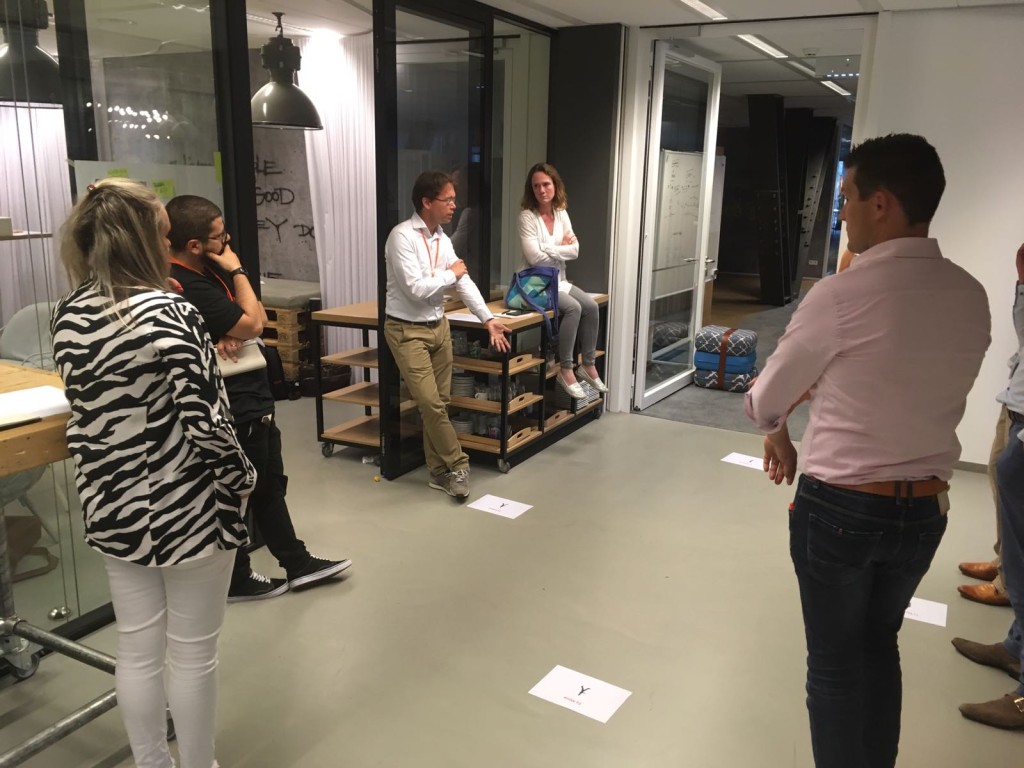Do you recognise the struggle of transforming your organisation? Where to start and what the aspects are that really make sense if you want to transform it into a high performing organisation? In this series of posts I want to address 5 principles that must be part of your organisational foundation and way of thinking. These are 5 crucial principles I’ve learned in the past few years from organisations that feel the urge to transform and are willing to make some sacrifices.
5 Crucial Principles that create the foundation of your high performing organisation:
- Flow in different forms is crucial to speed up your delivery
- Feedback loops will radically change your improvement cycle
- Strongly focus on the improvement of secondary processes
- Autonomy of teams cannot be given, it must be created
- The simplification of your products and processes will lead to faster value
Every post in this series will address concrete examples to find the principle in your organisation, an explanation why this principle matters during a transformation and finally, some practical suggestions to start today.
Feedback loops will radically change your improvement cycle
While we were young kids we learned to give feedback instead of having a fight if we disagreed. We’re grown up and it seems the older we get, the more we forget to apply this crucial principle in our work. We do not so often give feedback to each other or expect feedback from the systems around us.
This is strange because feedback between young kids will teach them to adjust their behaviour and improve in the system they are living.
In our environment outside our work there are many feedback loops built in. They have shaped our behaviour and the things we do. We have learned that a red light means we must stop. We have learned that if we see fire we know the candle or the gas cooker is too hot to grab. We see when our kids are ill or when our partner is angry. Feedback is all around us.
Some concrete examples
 So, let’s go back to work. You are working somewhere in IT, in the business or in a company who already united both. What are the typical feedback patterns you should recognise? What is feedback in a large organisation? And what to do with this?
So, let’s go back to work. You are working somewhere in IT, in the business or in a company who already united both. What are the typical feedback patterns you should recognise? What is feedback in a large organisation? And what to do with this?
Feedback loops from your IT systems to your (DevOps) teams
This is an easy one, however, not used by many teams. Monitoring of your IT systems to receive useful information and insights in the behaviour of your system. Most of the time, teams have low level monitoring in place. Memory, CPU and disk space are carefully monitored. This is great because these insights can already help avoid the first wave of incidents which are fatuous.
To radically change your improvement cycle and stability of your systems you must go one step further. Measure the functional usage of an application. Can you monitor during the day and predict if the nightly batch will run successfully? Can you predict the number of users during the day, week or month and scale your systems accordingly? By understanding the impact of the users on the system you can design, develop and improve your systems based on what is really happening.
Feedback loops in the teams
This is probably the most obvious improvement cycle. However, this is hard to implement. Team who take themselves very seriously and want to improve take feedback amongst each other seriously. Stable teams and the confidence to say things out loud are crucial. A retrospective can be a useful instrument to have very frequent organised moments of feedback.
In their daily work, teams can give feedback to each other. When they are reviewing code, have a standup or simply discussing a new strategy. If trust is in place, feedback can flow and a conflict for the better is of great value. Continue reading



